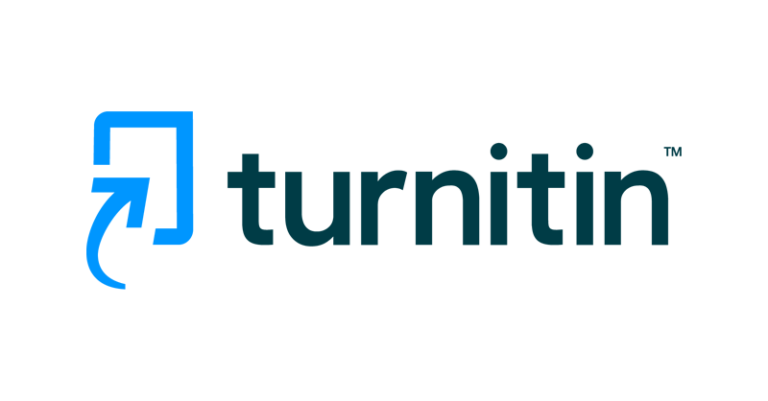How does gradescope work?
Gradescope has emerged as a game-changer in the education sector, revolutionizing the grading process for educators and students alike. Gradescope is an online platform designed to streamline the grading process for educators and facilitate efficient feedback for students.
Let’s delve into how Gradescope works, its benefits, accessibility, points of differentiation, and potential limitations.
How Does Gradescope Operate?
1. Assignment Creation: Educators design assignments, ranging from traditional exams to coding projects, using the Gradescope platform.
2. Digital Submission: Students submit their work digitally, whether it’s typed responses, handwritten assignments, or programming code.
3. Efficient Grading: Graders or instructors assess assignments digitally using built-in tools. Annotations, comments, and scores can be assigned directly on the platform.
4. Rubric Integration: Customizable rubrics ensure consistent evaluation. Instructors can define criteria for grading, promoting transparency and fairness.
5. Feedback Mechanism: The platform facilitates clear and efficient communication. Instructors leave feedback, comments, and annotations directly on student submissions.
6. Analytical Insights: Gradescope provides analytics, offering educators insights into class performance trends, common errors, and individual progress.
7. Grade Revisions: Students receive their grades digitally and can request regrades if needed, fostering a transparent and collaborative learning environment.
8. Auto-Grading Capabilities: For objective assessments, Gradescope supports auto-grading, reducing the manual workload for instructors.
9. Learning Management System (LMS) Integration: Seamless integration with various Learning Management Systems ensures easy access and compatibility with existing educational platforms.
10. Handling Physical Submissions: Beyond digital submissions, Gradescope accommodates paper-based assignments. Instructors can scan and upload physical submissions for grading.
Benefits of Gradescope
- Efficiency: Streamlining the grading process saves educators valuable time.
- Consistency: Rubrics and analytics contribute to standardized and fair evaluation.
- Transparency: Instant feedback enhances communication between educators and students.
- Flexibility: Accommodates various assignment types and submission formats.
- Insights: Analytics provide actionable data for instructional improvement.
Accessibility
Access Gradescope through its website or integrated Learning Management Systems.
If you are a student looking for information on grades or assessments, you would typically access Gradescope through your educational institution’s platform or directly on the Gradescope website if your instructor has provided access.
If you are an instructor interested in using Gradescope’s AI features, you should reach out to Gradescope directly or refer to their official documentation for guidance on implementing AI-based grading in your assessments.
Points of Differentiation
- Versatility: Handles both digital and physical submissions.
- Auto-Grading: Supports automated assessment for certain types of questions.
- Feedback Quality: Provides robust tools for rich, interactive feedback.
Limitations
- Learning Curve: Users may require time to fully grasp all features.
- Subscription Costs: Some advanced features may come with subscription plans.
- Contextual Challenges: Understanding nuanced contexts might be a limitation.
Conclusion
Gradescope stands at the forefront of ed-tech innovation, offering a comprehensive solution to the perennial challenges of grading. While it has brought significant improvements, users should weigh its benefits against potential limitations to determine its suitability for their educational needs.
Frequently Asked Questions
1. How is cheating detected by Gradescope?
GradeScope compares student contributions and finds commonalities between them using machine learning methods. This can assist in identifying cases of cooperation or plagiarism.
2. Is Gradescope keeping an eye on your screen?
You can activate Proctorio’s exam security features on timed online assignments in Gradescope if your school has a license for the service. You can opt to monitor student online activity, stop them from accessing other windows, record students and their screens, and more while they work with the Proctorio integration.
3. Is AI detection used by Gradescope?
Gradescope AI can read student handwriting in both math notation (including fractions, integral signs, etc.) and English-language text.







